The FIA has justified the late-race virtual safety car at the Mexico City Grand Prix, which neutralised proceedings with only a couple of laps remaining.
On lap 70 of 71 at the Autodromo Hermanos Rodriguez, Carlos Sainz spun his Williams in the stadium section of the circuit, terminally damaging it in the process.
The Spanish driver quickly drove his limping FW47 to the nearest gate in the barriers for marshals to wheel it behind the barriers.
It caused yellow flags to be waved in that area of the track, which were then upgraded to a VSC. It denied Max Verstappen and Oscar Piastri — two F1 drivers' championship rivals of race winner Lando Norris — from attacking Charles Leclerc and Ollie Bearman respectively.
It at first appeared a controversial move to trigger an intervention in the grand prix, but the FIA has since moved to explain why it was necessary and underline that because Sainz's car needs outside assistance, an interruption was required.
The race was resumed with around half a lap remaining. The FIA also issued a statement with regards to marshals running across the track in front of Liam Lawson early in the race.
The full statement on Carlos Sainz can be seen below, with photos to illustrate the situation also provided beneath.
FIA statement on Lap 70 Virtual Safety Car
"Sainz spun and stopped in the runoff area on the outside of Turn 14. His car came to a halt in an exposed position.
"The car subsequently began smoking and race control received notifications of fire, making it clear that marshal intervention would be required for recovery.
"As is standard procedure when marshals are deployed to recover a car, the race is neutralised, in this case, a Virtual Safety Car (VSC) was triggered until the car was moved to a safe location behind the barriers.
"The VSC ended as soon as the car was in a protected position, and the race concluded under green-flag conditions.
"We would like to underline our respect and appreciation for the local ASN, OMDAI, as well as the Autódromo Hermanos Rodríguez and their marshals, who are volunteers and play a vital role in the safe and successful running of our sport. Their professionalism and dedication are invaluable to every event we stage."
Don't miss out on any of the Formula 1 action thanks to this handy 2026 F1 calendar that can be easily loaded into your smartphone or PC.
Download the calenderMost read
In this article
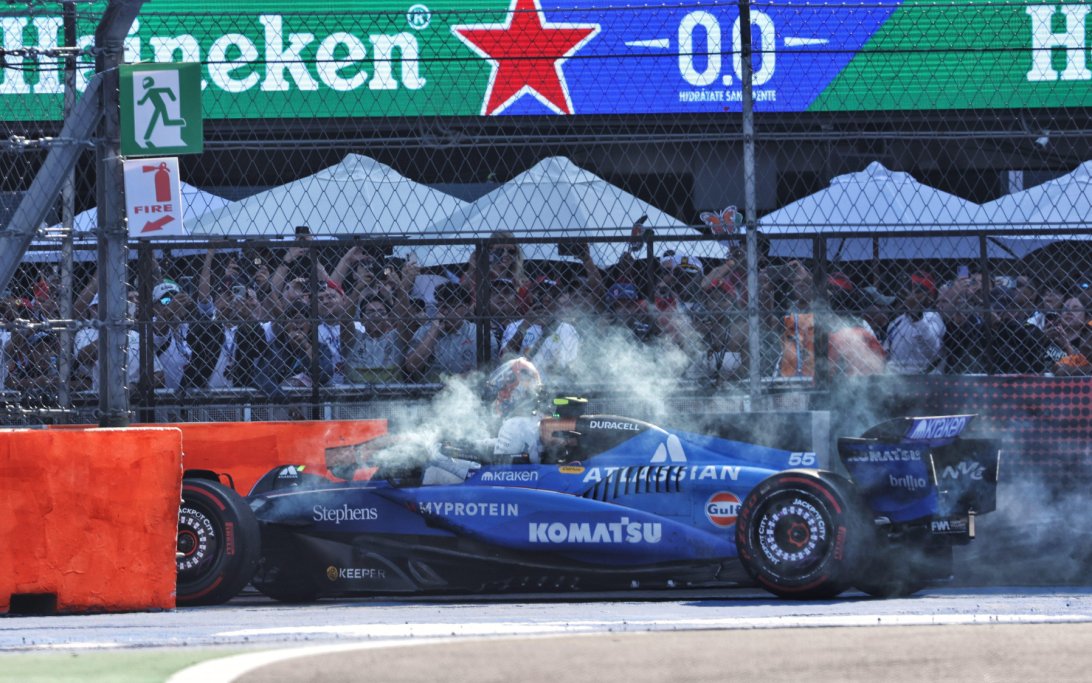
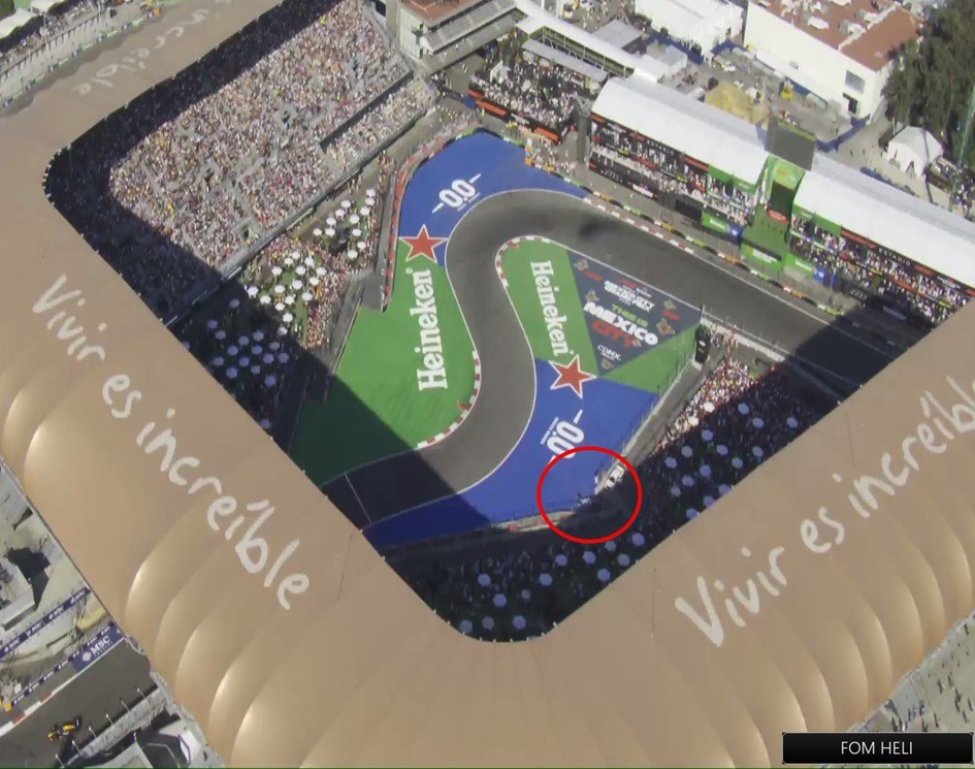
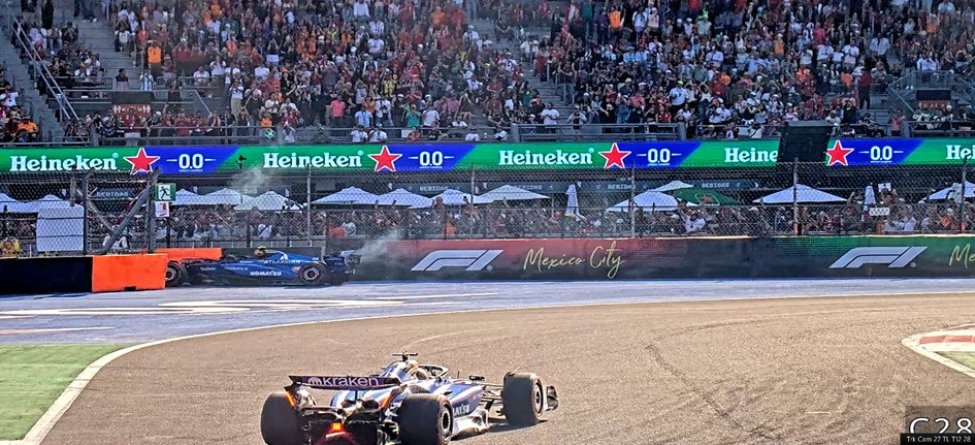
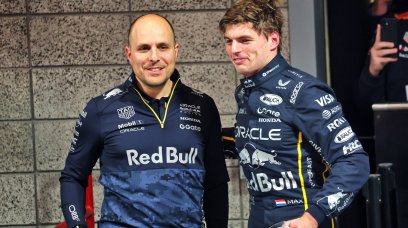
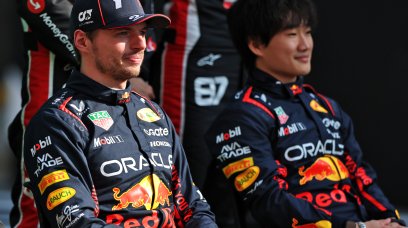

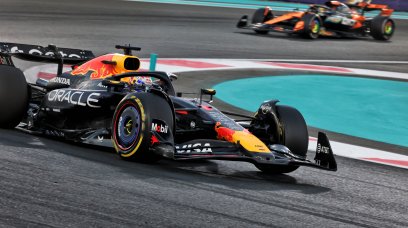
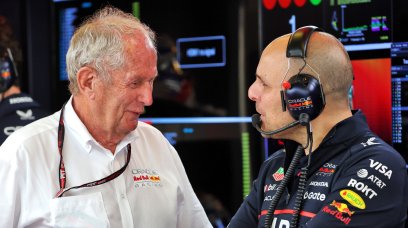
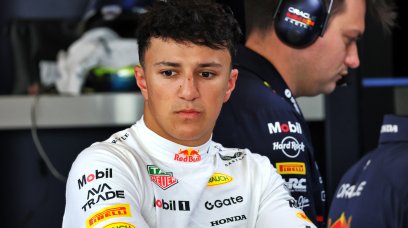

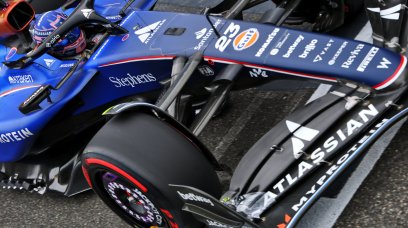

Join the conversation!